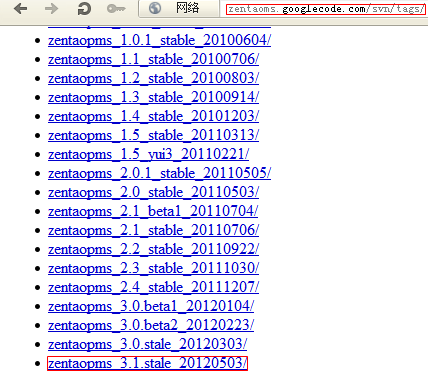Build
- 2015-09-11 14:21:23
- azalea
- 12804
- Last edited by Taotao on 2018-11-15 11:13:38
- Share links
When basic features are set, it’s time to create a build which is related to software configuration management. It is optional, but it is recommended that teams use build management.
A build is used to identify the test scope and make it easier for communications between the QA teams and the development teams, and to solve the problems such as build releases and bug fixing.
Since ZenTao has build management, can ZenTao be used to manage source code? Sorry, ZenTao cannot be used to do that, because it is a professional management to manage source code, and there is great open source software available to do it, such as Subversion and Git. You can deploy it according to your own needs. Builds in ZenTao are to make records.
1. The build workflow is as follows,
- The Dev teams have stories done or bugs resolved.
- A tag is created in Subversion or Git. Take ZenTao tag as an example,

- When a tag is created, a build can be created in ZenTao.
SCREENSHOT
2. Create a build
Go to Project->Build and click Create.
Then you will the page below.
You need to create a build first. Once it is saved, link it to stories and bugs on the page of build details.
If there is no Link button on the detailed page of a build, contact the administrator to assign privileges by going to Company -> Group.
- Name. Teams should have their own management standards. For example, they can use product name_version number_status (stable, beta) _date to name builds.
- It can be different for builds due to different development languages. Some builds need to be adapted, while other builds only need source code. So you have to fill the SCM path or the file path for downloading according to the actual situations.
- In ZenTao, you need to create a build first and then link it to stories and bugs. Then the build is submitted to be tested after being linked, the testing scope will be defined.
- You can add notes, keynotes and so on in description for QA teams.
Support
- Book a Demo
- Tech Forum
- GitHub
- SourceForge
About Us
- Company
- Privacy Policy
- Term of Use
- Blogs
- Partners
Contact Us
- Leave a Message
- Email Us: support@zentaoalm.com

















